Hold onto your beer: This insane custom console built by Australian Master Marine might change a few perceptions among the glass-lovin’ platey haters.
The Captain used to toss and turn all night thinking about the perfect rig to tackle Spaniards, blacks and trout in the Top End. Sleep proved hard to come by, even with copious amounts of medicinal rum. But now relief is at hand. On a blustery summer’s day in Brisbane, The Captain stumbled across the Holy Grail! And now that he’s found this perfect rig, it will surely become part of his all-time rides album. However, before we reveal the new king of consoles, wipe the salt from your eyes and feast on The Captain’s checklist for Cape York crusading, or even crashing the Kimberley.
1. RAISE ME UP
The Captain has obviously decided on a centre console, which is the perfect configuration for 360-degree fishing into structure or casting to offshore pelagics. The casting platform must be raised, non-slip and encased with wide, padded gunwales to tuck bare, midge-bitten feet under during trevally tow tests. It should have a low bow-rail to allow for perfect popping techniques and a Minn Kota to sneak silently down tributaries. We’ll be doing a shit-tonne of electric motor work in heavy current, so it better be a 36 volt jobbie with 112lb of thrust. Throw in three batteries for the Minn Kota, while you’re at it.
2. MR TEE OF T-TOPS
Now The Captain’s real purpose in life is destroying T-tops, so the perfect Top End T-top has to be rock-solid and rattle-proof for towing over long corrugated roads. The struts of the T-top need to extend well below the floor line using a structure developed by NASA technicians – when we’re punching home in a tropical cyclone, it shouldn’t move a millimetre. The Captain can do without flapping clears around the T-top. How about 6mm toughened glass on the console? Actually, how about retractable glass so the breeze can flow through to the helm station on those sweaty sessions in the tropics? I’d like a wiper and freshwater washer on that glass too, please.
3. BUILT-IN TACKLE STORAGE
Q: How many BCF tackle boxes have you destroyed on Top End trips?
A: A lot.
OK, The Captain has a better idea. Let’s build a tackle station holding 14 Plano boxes into the helm seat configuration. Let’s put it at waist height near the rear fishing deck so it’s always within reach. Next to that, line up the leader spools in a neat little row from 30lb to 80lb – just the way Mrs Captain lines up the spice jars in the kitchen cupboard. Throw in plenty of flat storage and hidey-holes for dumping sunscreen, hats and stuff.
4. MOBILE GAS STATION
The Cape York console needs the fuel range of a supertanker. Perhaps two 300L independent tanks running their own management systems, encased in their own safety cell in the event something goes wrong with the valves or hoses. If things really turn to custard, the console needs to be removable to access the fuel tanks.
5. BEER PALACE
Cape York and XXXX beer were made for each other, so a 130L Isotherm fridge should sit under the helm, accompanied by a 90L freezer for stocking coral trout fillets. Both need to slide out and be powered by their own independent deep-cycle 200 amp hour batteries. Two of ’em, please.
6. CONTROL TOWER OF POWER
When The Captain’s crew is on reconnaissance missions for big red emperor, we’re gonna need some serious digital gear. Enter twin Furuno 14-inch TZ touchscreens, with an old-school commercial-grade Furuno FCV-1150 mounted in between for good measure. Plugged in will be two 2kW transducers feeding the FCV1150 and a 1kW CHIRP wide-beam feeding the TZs. They’re housed in two custom-made alloy fairing blocks within a wet box. Throw in a FLIR night-vision camera, a satellite compass and Furuno autopilot with pilot controls in the folding armrest. A four speaker Fusion system will pump out The Ride of the Valkyries when soaring across remote bays – and the twin 10-inch subbies will surely deafen every green sea turtle in town. The ideal “control tower of power” will also include C-Zone switching, battery management systems, ZIP wake, fuel management and battery monitors. All up, there should be about 15 screens within arm’s reach.
7. SAFETY SAM HAD BETTER COME TOO
There’s a reason people don’t spend their weekends in Cape York: it’s miles from any air-conditioner, with things that bite and sting around every corner. Rocky bars are determined to steal your outboard gearbox leaving you stranded down Mosquito Mile. If you want to ever see your wife and kids again, safety items are a must-have. The console needs a compartment built to store a rubber ducky, plus a sat phone and iCOM radio with AIS functionality, should we venture too close to a landing barge.
8. ONE HELL OF A HULL
All this needs to be wrapped in the Rodger Federer of hulls. It should glide effortlessly and be predictably smooth on all surfaces, have the finesse to plane at 10 knots, use less than a litre of fuel per km at 4000RPM, but also have the balls to run up on a rocky outcrop to collect coconuts. Carving up 2m wave swell won’t be a problem, and you won’t even notice it’s a platey because it’s so quiet. The Captain is thinking 20-degree dead-rise at rear with extra-wide chines, 4mm sides and 6mm bottom, foam filling and chunky gunwales all around. A 7m hull should do the job, but don’t paint the wear points (like the raised lip on the gunwale). Leave that exposed to hide the battle scars. We don’t want to put Whitworths out of business, but everything that can be welded should be. No “loose leaf” white stubby holder inserts, please. Stubby holders are to be welded in the structure six of ’em.
9. SUZUKI TWIN TIME (YEP, AGAIN…)
The ultimate hull should, naturally, have the outboards everyone is lining up for – the Suzuki 200APX lean-burn four-stroke. They’re quiet featherweights, but roar into action when needed, burning only 50 litres of fuel (combined) per hour at 27 knots at 4000RPM. That’s less than one litre per km, which is crazy-awesome, but hey, this The Captain’s dream rig so we can have whatever we want, right? Now, there’s nothing wrong with a splash of red paint on a Suzuki outboard, but do you reckon you could colourmatch a silver paint to complement the painted hull? (Enter new silver colour scheme for the Suzuki AP range.)
10. TRICKY TRAILER
Speaking of corrugated roads, forget bringing the cheap imported trailer. Nope, this requires something super-light and strong, with a suspension system built by off-road experts who specialise in camper trailers and caravans built for Kimberley crossings. Talk to the boys from Vehicle Components Systems, who have a proven record of putting potholes out of business. Better throw in Cruisemaster independent air-bag suspension and we’ll need four 33-inch tyres, two spares (one with a hub), an extendable draw bar, and a self-cleaning trailer system with integrated dispersant, because we mightn’t be back from the Ribbon Reefs for a week. The cleaning system should have a holding tank to allow for five or six cleaning cycles.
THE WAIT IS OVER
Well The Captain can finally stop crapping on about his dream Cape York console, because we just found it. It’s made by Australian Master Marine (AMM). They punch out their alloy art works in Brendale, Queensland. We begged sales and marketing manager Matt Thomas to leave this beauty in The Captain’s tender care. Sadly, we couldn’t hook it up to the Landy because it’s owned by a bloke by the name of Peter. He’s an air-freight expert who plans to post himself around the Top End in this alloy battlewagon. Peter doesn’t know it yet, but The Captain’s crew could be his new best friends. Pete, think about this: We arrange a steady supply of gold bombers and XXXX. We travel, cook and clean. Hell, we even massage your broad shoulders after heavy popper sessions. What do you say? Such is the love we have for your tough Top End tourer.
200HP Masterclass:
How the 200HP Suzuki APX stacks up
The Suzuki 200APX sits among the featherweights in the 200HP class, tipping the scales at 233kg, some 30kg lighter than its V6 cousin. It’s a smidge heavier than the Yamaha F200 (221kg), but also has marginal displacement advantage – the Suzuki is 2867cc vs 2785cc for the Yamaha.
Interestingly, Suzuki has kept the heavier V6 variant in production, probably for boat owners who need torque and aren’t concerned about weight on the rear. In The Captain’s head-to-head testing on the 6m Sea Devil shoot-out, the lightweight Suzuki variant used 20-25 per cent less fuel and was only a freckle off through the mid-range. Would we take the saving in weight, fuel and cost saving of about $5,000? Every day of the week!
The “Lean Burn” and multipoint sequential EFI model on the AMM console didn’t disappoint. At 4000RPM, we travelled at 27 knots using less than a litre per km when combined. Even at full noise (6000RPM at 42 knots) we used only 1.8L per km. Holeshot was no issue – we were planing at 10 knots. Suzuki says the two-stage gear reduction and offset drive shaft that brings the weight forward on the engine helps in that department.

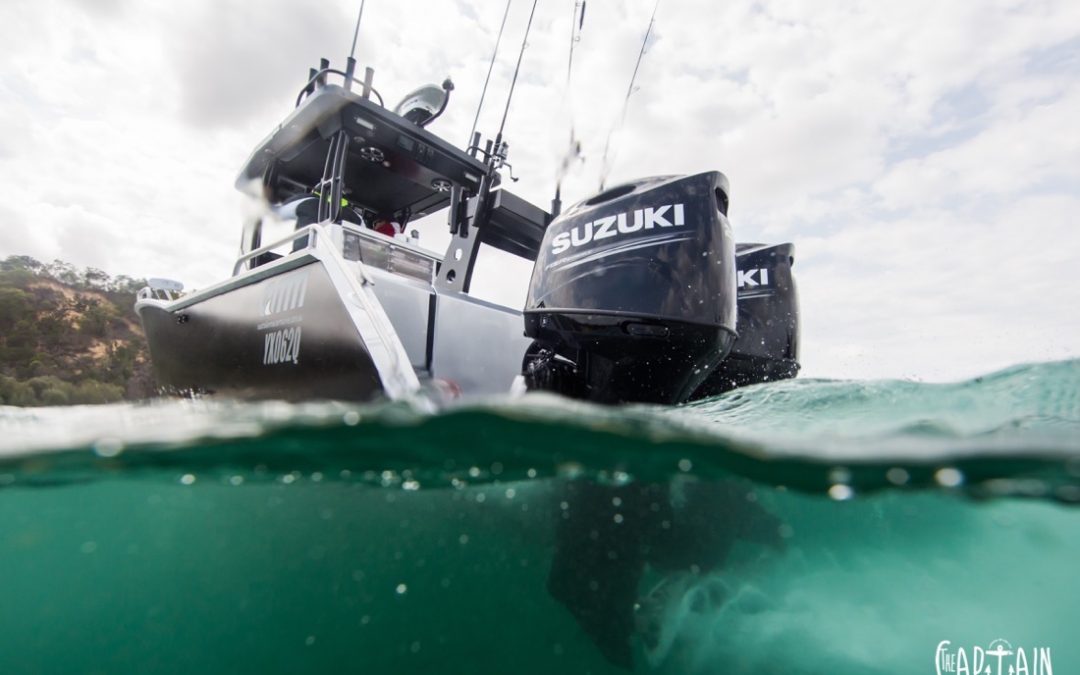






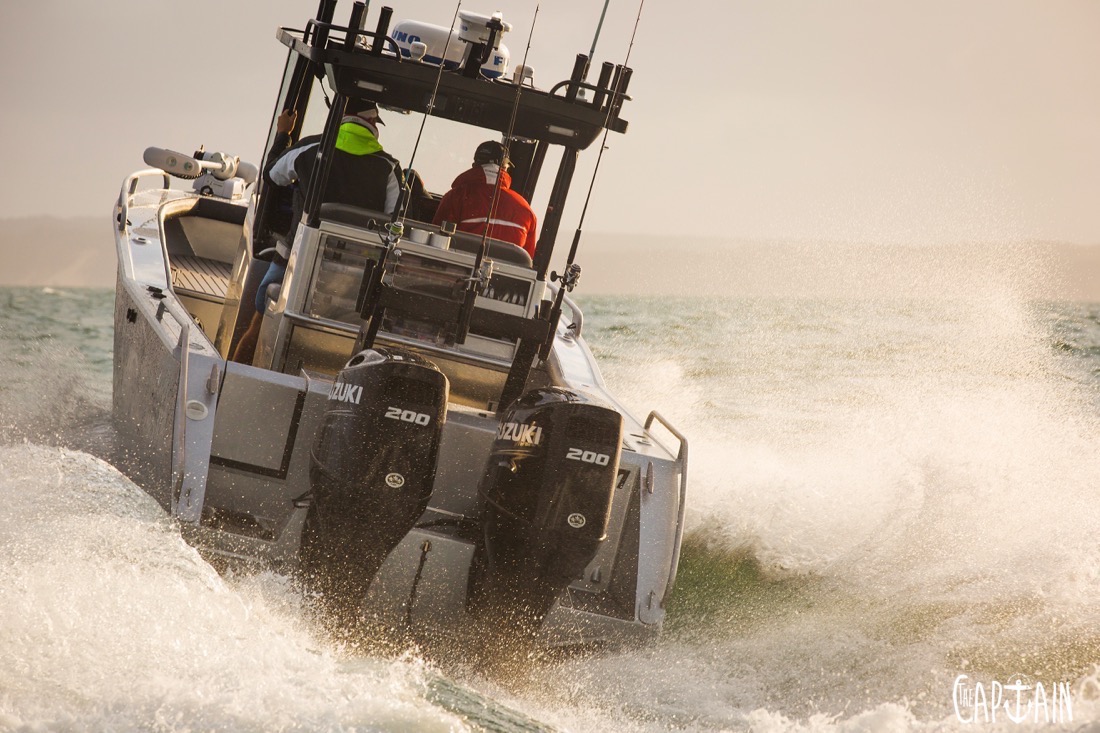
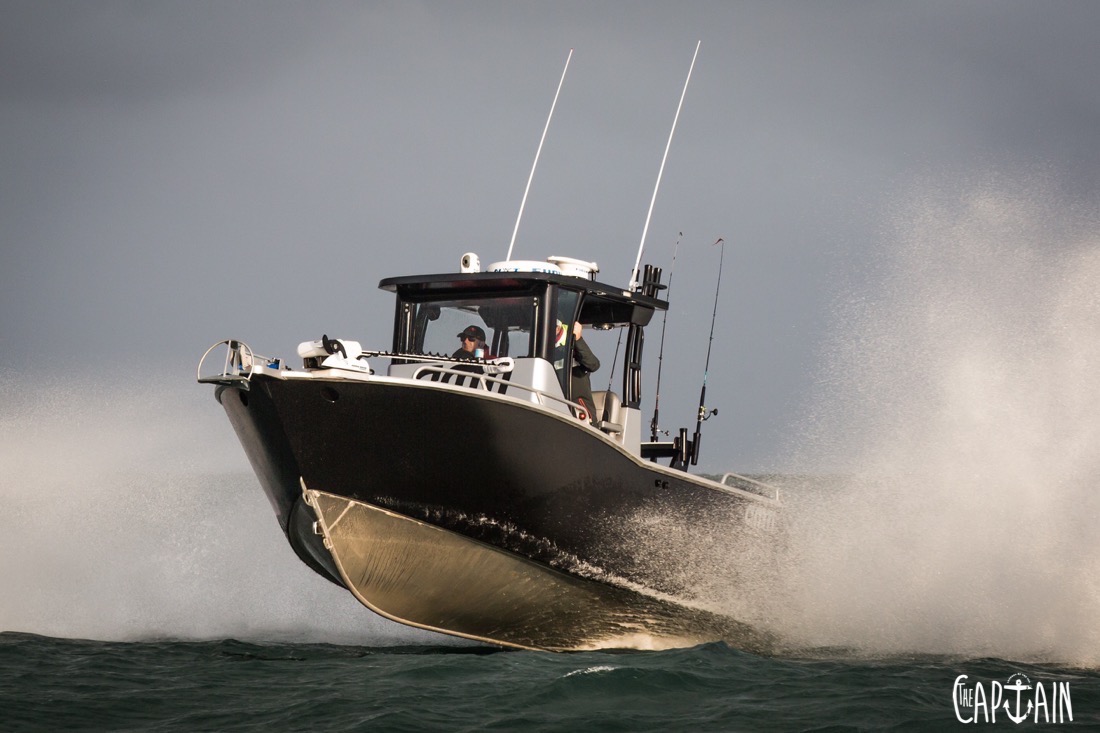



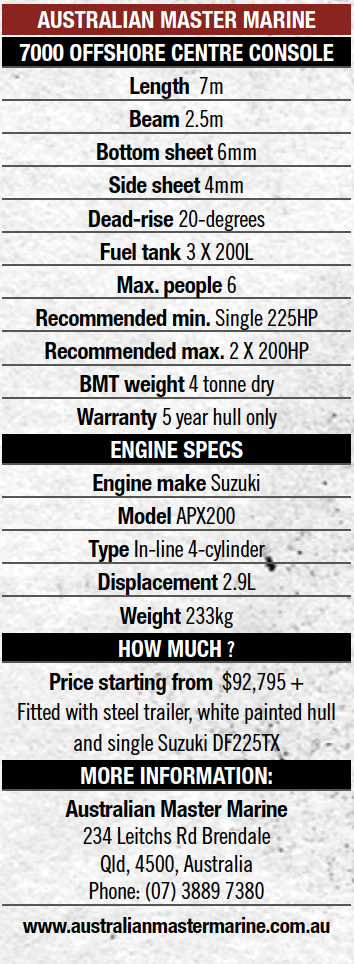
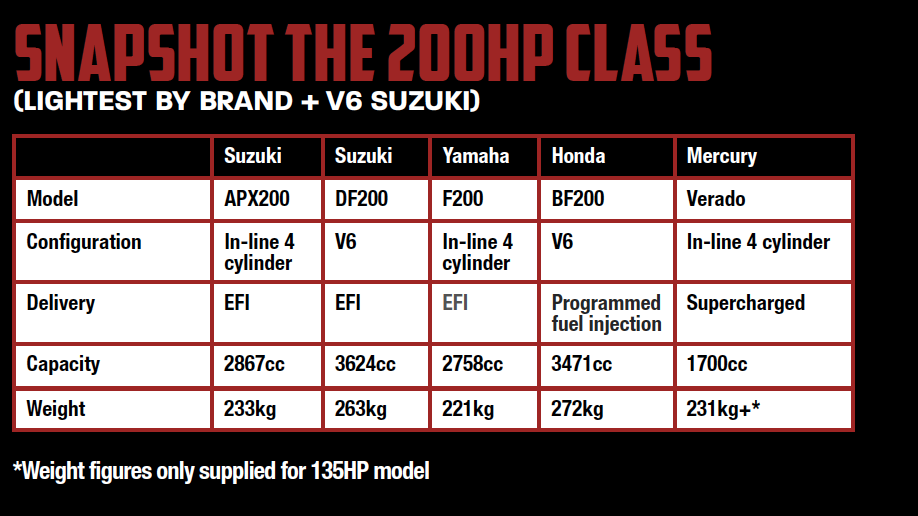
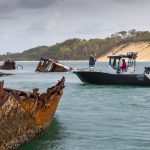
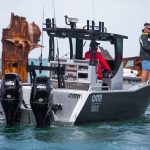
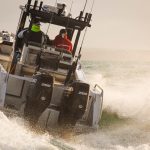
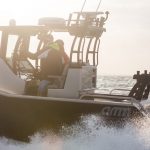
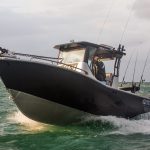
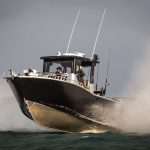
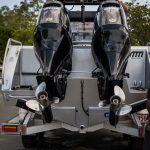
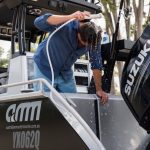

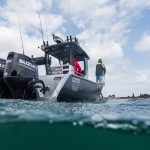
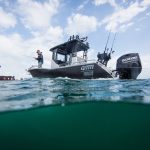
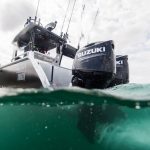
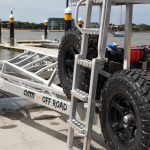
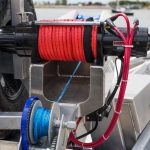
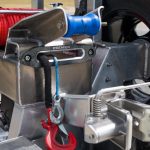
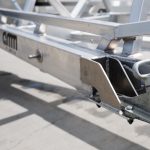
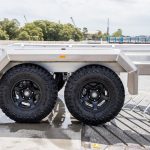
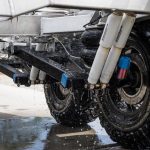
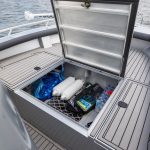
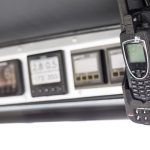
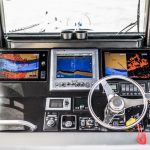
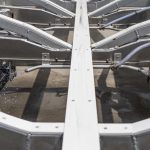
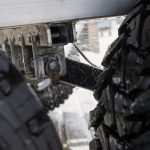
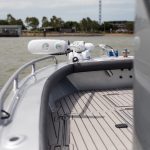
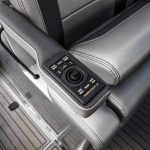
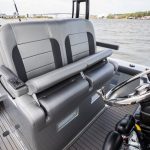
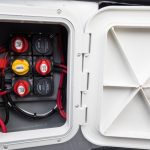
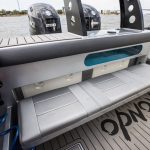
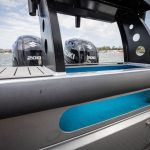
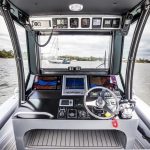
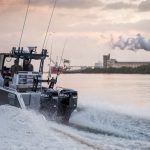
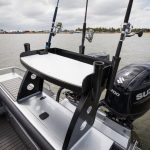
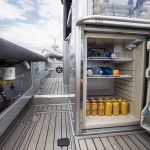
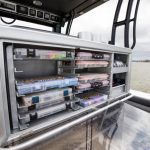
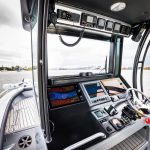
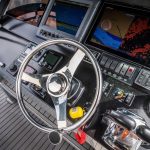
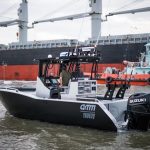
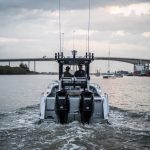
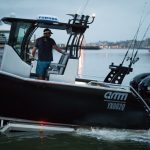
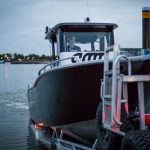
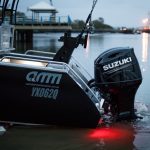
Recent Comments